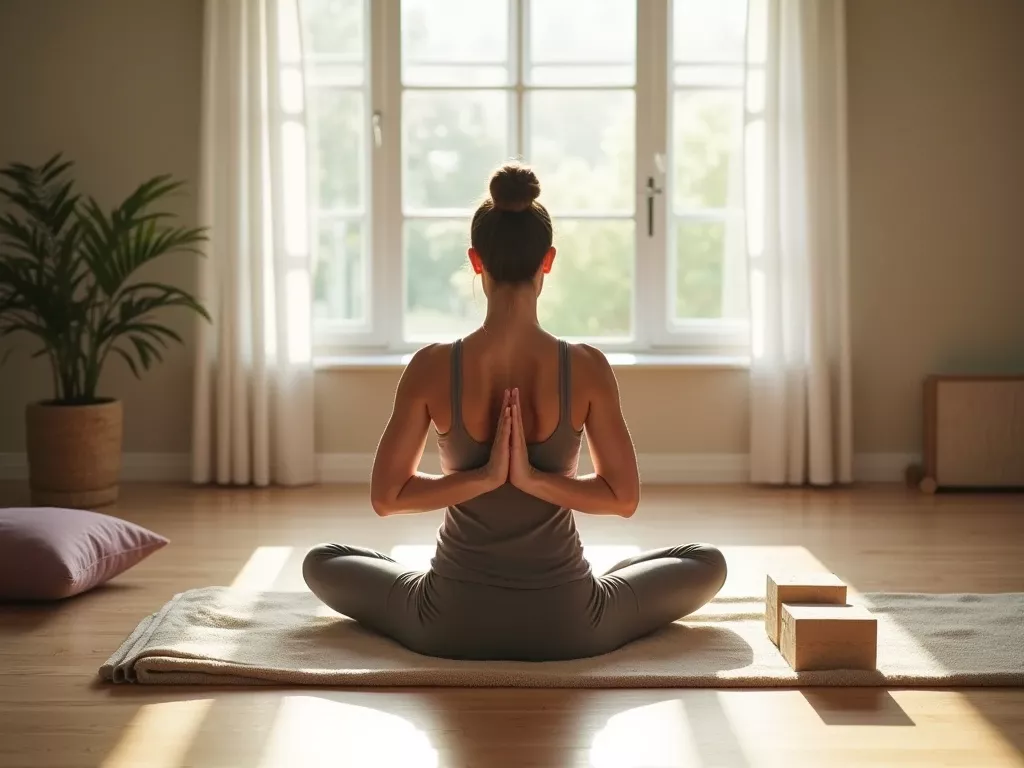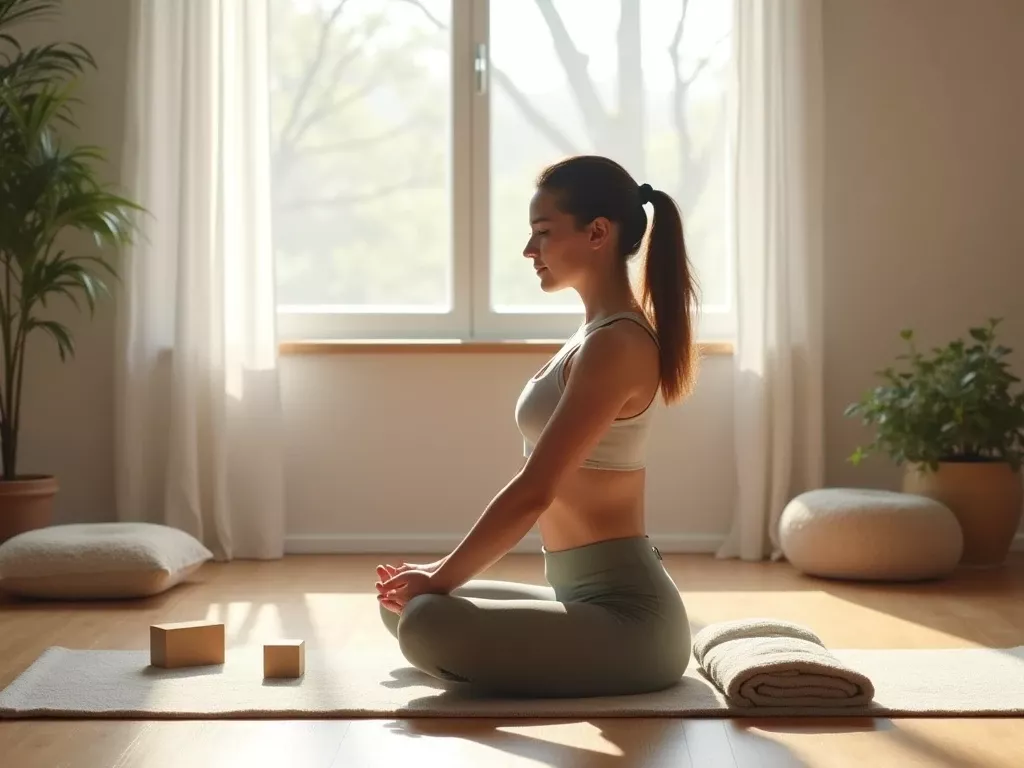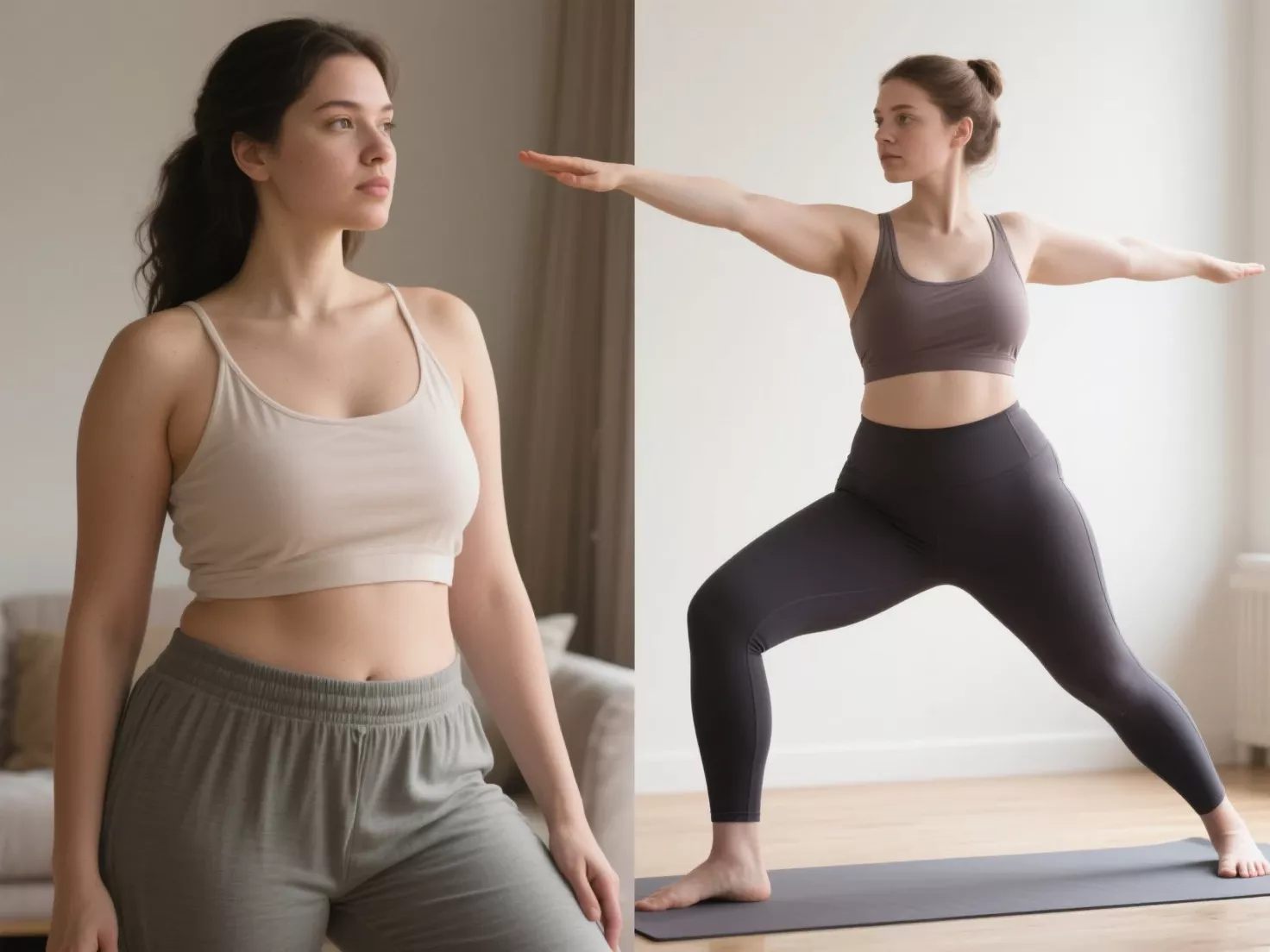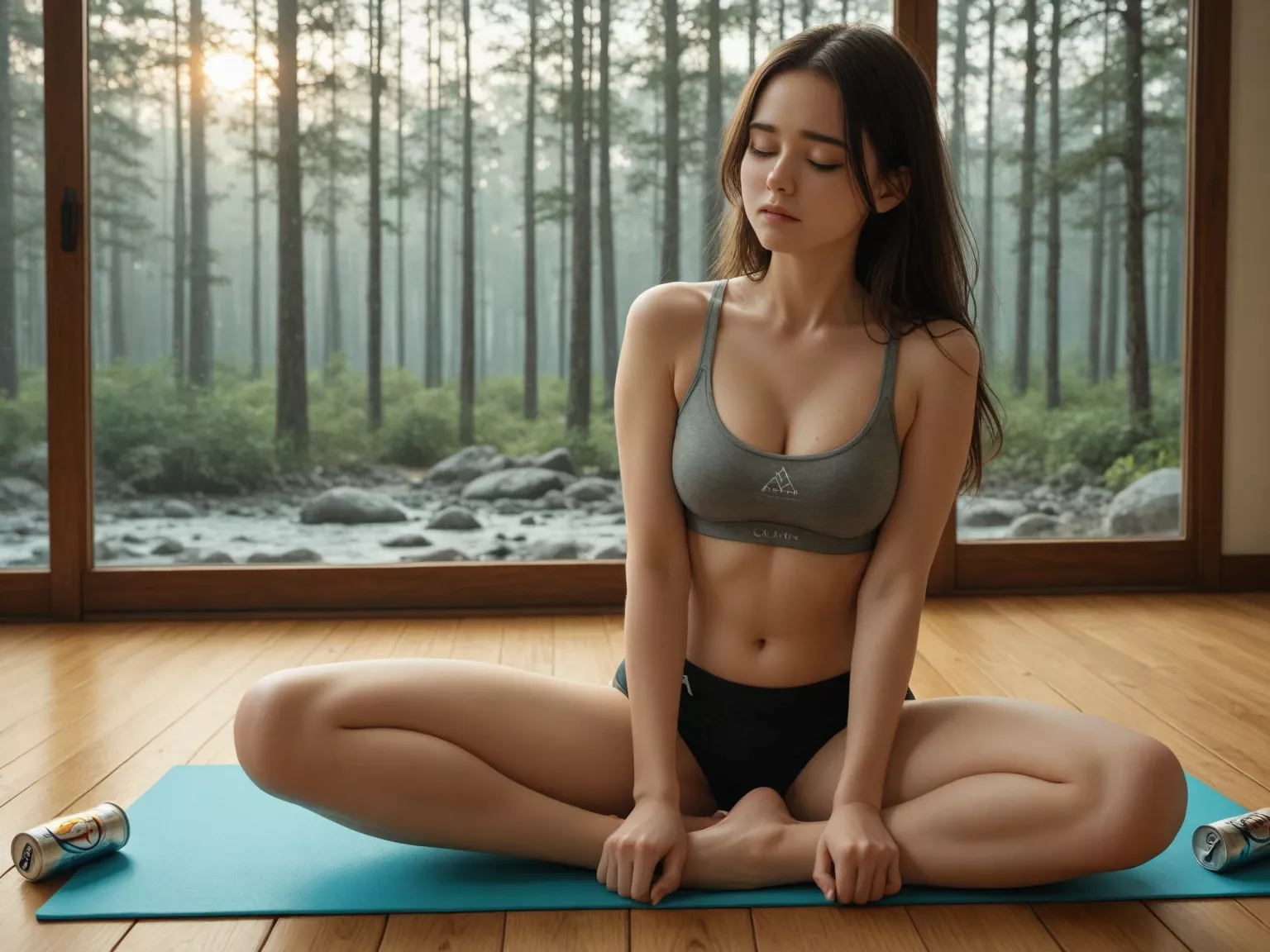A yoga mat is often seen as essential for practice — it provides grip, cushioning, and defines your space.
But what if you don’t have one? Maybe you’re traveling, practicing at home for the first time, or simply not ready to invest in a mat.
The good news is: you can still enjoy yoga without a traditional mat.
With a little creativity, you can find safe and effective substitutes that allow you to stretch, flow, and meditate comfortably.

In this article, we’ll explore a range of yoga mat alternatives, how to choose the best one for your needs, and important safety tips for practicing without a traditional yoga mat.
🧘♀️ Why a Yoga Mat Isn’t Always Necessary
Yoga is a flexible practice — both literally and figuratively. While yoga mats are designed to provide:
-
Non-slip grip for safe movement
-
Cushioning for joints and bones
-
Defined personal space in a studio or class setting
You don’t need a mat to begin or benefit from yoga. Especially if you’re practicing at home, you can use what you already have to support your body and movements effectively.
What’s important is comfort, stability, and mindfulness, not the gear itself.
🧺 1. Thick Bath Towel or Beach Towel
A large towel is the most common and accessible yoga mat substitute. It works best on carpeted floors or over a rug to prevent sliding.
✅ Pros:
-
Soft surface that protects knees and elbows
-
Easy to clean — just toss in the washing machine
-
Portable and travel-friendly
⚠️ Cons:
-
May slide on hardwood or tile if not anchored
-
Doesn’t provide the same grip as a rubber mat
Best For: Seated poses, stretching, gentle Hatha yoga, and restorative sessions
Tip: To enhance grip, spray the towel lightly with water (like a hot yoga towel) or use towel clips to secure it in place.
🧦 2. Carpet or Area Rug
A clean, low-pile carpet or area rug can serve as a decent mat replacement — especially if it’s firm enough to support standing poses.
✅ Pros:
-
Built-in cushioning for knees and joints
-
Comfortable and familiar setting (especially at home)
-
No setup required
⚠️ Cons:
-
Minimal grip — poses like downward dog or plank may be slippery
-
Can absorb sweat or odors over time
-
Not portable
Best For: Yin yoga, prenatal yoga, slow restorative practices, or meditation
🧥 3. Folded Blankets or Quilts
Using a blanket or comforter, especially folded several times, provides excellent cushioning and warmth.
✅ Pros:
-
Very soft and supportive
-
Perfect for knees, hips, or spine support
-
Ideal for meditation and rest poses
⚠️ Cons:
-
Not suitable for active or dynamic practices
-
May bunch or move around during transitions
Best For: Savasana, gentle stretching, side-lying poses, or meditation
Tip: Use in combination with a towel to provide a balanced surface with more stability.
🏕️ 4. Camping Mat or Foam Exercise Mat
If you already own a camping mat or fitness mat, you’re in luck. These offer excellent cushioning and are closer to the function of a yoga mat.
✅ Pros:
-
Thick and shock-absorbent
-
Durable and multi-purpose
-
Some have textured surfaces for better grip
⚠️ Cons:
-
Can be bulky and heavy
-
Not as sticky as a yoga-specific mat
Best For: Floor work, gentle flows, or yoga in outdoor settings (parks, backyards)

👣 5. Bare Floor with Yoga Socks and Gloves
If your floor is relatively clean and you’re practicing balance or standing sequences, you can go mat-free entirely using yoga socks and gloves with grips on the bottom.
✅ Pros:
-
Lightweight, travel-ready
-
Excellent for hot climates where mats may get slippery
-
Allows natural connection with the ground
⚠️ Cons:
-
No cushioning for joints
-
Not ideal for long practices or seated poses
Best For: Standing poses, short morning flows, minimalist yoga styles
🧱 6. Pilates Mat
A Pilates mat is thicker (around 10mm+) than a standard yoga mat and can be used for yoga if grip isn’t your top concern.
✅ Pros:
-
Excellent joint protection
-
Durable and comfortable for back and hip poses
-
Ideal for beginners needing more padding
⚠️ Cons:
-
Bulkier than yoga mats
-
Less grip on the surface
Best For: Gentle yoga, prenatal yoga, core strength sessions
📊 Comparison Table: Yoga Mat Substitutes at a Glance
| Alternative | Grip Level | Cushioning | Ideal Yoga Style |
|---|---|---|---|
| Towel (Dry or Wet) | Moderate | Light | Gentle, seated, or floor poses |
| Carpet or Rug | Low | Moderate | Yin, meditation, slow flows |
| Blanket or Comforter | Low | High | Restorative, prenatal, or Yin |
| Camping/Fitness Mat | Moderate | High | Outdoor yoga, light flows |
| Bare Floor + Yoga Socks | Moderate | None | Standing poses, short sessions |
| Pilates Mat | Moderate | Very High | Beginner yoga, stretching, core |
🧘 Tips for Practicing Yoga Without a Mat
-
Check the Floor Surface: Make sure it’s clean, level, and free from sharp or slippery areas.
-
Use Props for Support: Books can substitute blocks; scarves or belts can replace yoga straps.
-
Avoid Inversions or Fast Transitions: Without grip, you’re more prone to slipping.
-
Prioritize Joint Safety: Use extra padding under knees, wrists, or hips.
-
Stay Mindful of Alignment: Even without a mat’s guidance, focus on your form and balance.
🌟 Final Thoughts: Yoga Is About Presence, Not Products
A yoga mat can enhance your practice, but it is not essential. Yoga began thousands of years ago without any mats — just the earth beneath practitioners’ feet.
The heart of yoga lies in your awareness, breath, and intention, not in the surface you’re practicing on.
Whether you’re in your living room, on a hotel carpet, or using a folded towel at the park, you can enjoy the benefits of yoga fully.
The most important tools are already within you: your body, your breath, and your attention.
“Yoga is not about touching your toes. It is what you learn on the way down.”



